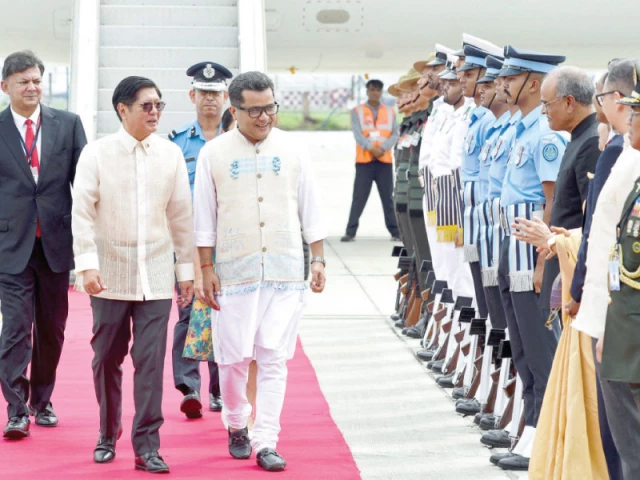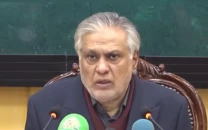Philippine, Indian navies begin South China Sea patrols
The two-day sail includes three Indian vessels and started Sunday

Indian Navy warships have begun patrolling areas of the disputed South China Sea with their Philippine counterparts for the first time, Manila's military said Monday, as President Ferdinand Marcos departed for a state visit to New Delhi.
The two-day sail includes three Indian vessels and started Sunday, a day before Marcos left on a trip that will include talks with Indian Prime Minister Narendra Modi.
The Philippines has heightened defence cooperation with a range of allies over the past year after a series of clashes in the South China Sea.
Beijing claims nearly the entirety of the waterway despite an international ruling that its assertion has no legal basis.
India's naval vessels, including the guided missile destroyer INS Delhi, arrived in Manila for a port visit late last week.
The patrol "started yesterday afternoon, then it's ongoing up to this moment... the activity at the moment is replenishment at sea," Lieutenant Colonel John Paul Salgado told AFP.
China in response accused Manila of "drawing in external countries to stir up trouble" in the South China Sea.
The joint patrol "undermines regional peace and stability", said Senior Colonel Tian Junli, spokesperson of the Chinese military's Southern Theater Command.
He said Beijing had conducted "routine patrols" in the South China Sea on Sunday and Monday, and remained on "high alert".
While in India, Marcos is expected to sign pacts in such fields as law, culture and technology, according to foreign affairs assistant secretary Evangeline Ong Jimenez-Ducrocq, but all eyes will be on any potential defence agreements.




















COMMENTS
Comments are moderated and generally will be posted if they are on-topic and not abusive.
For more information, please see our Comments FAQ